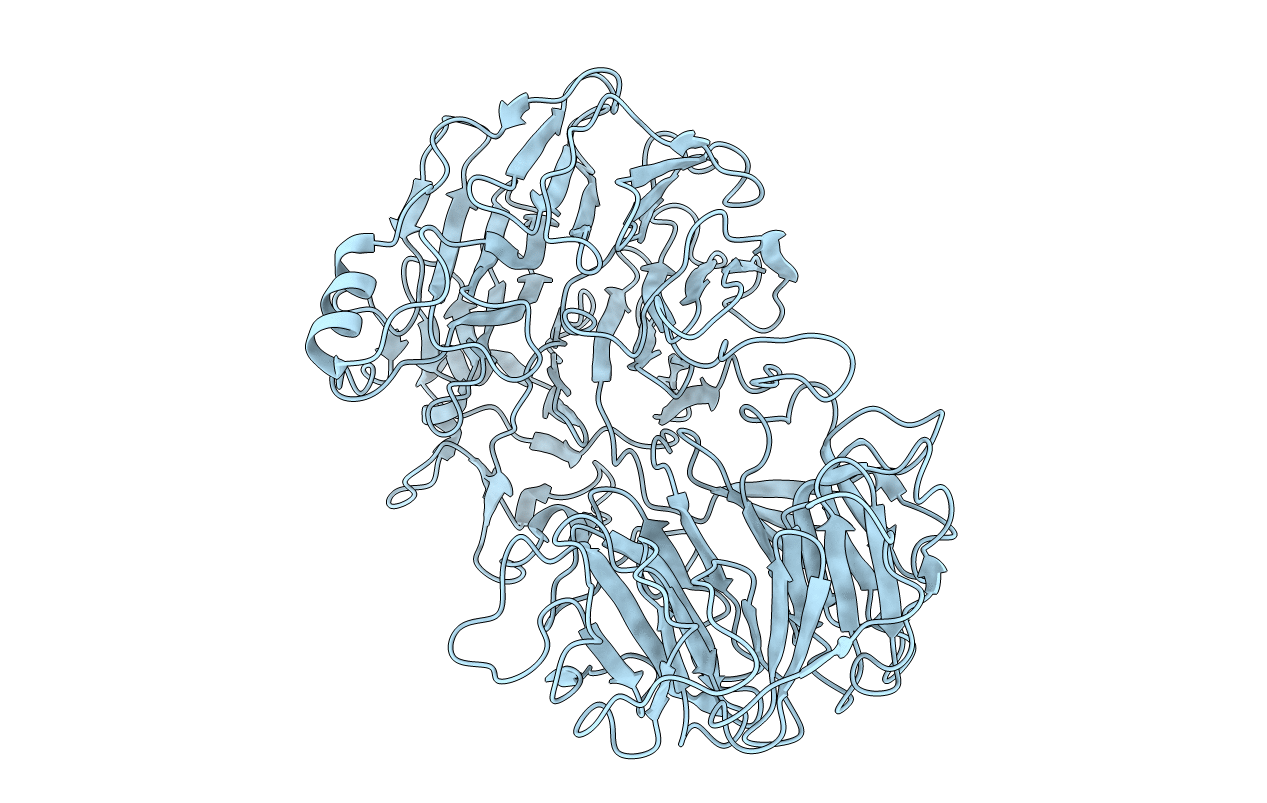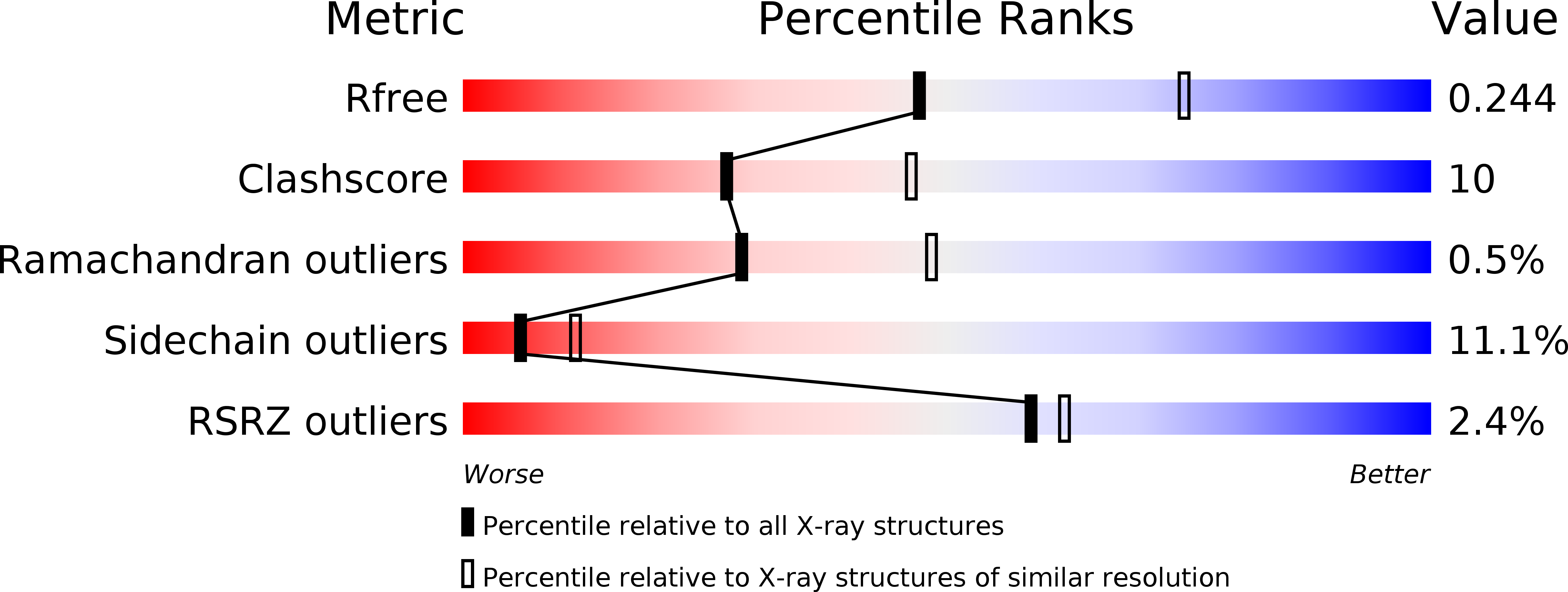
Deposition Date
2009-03-16
Release Date
2009-09-08
Last Version Date
2024-10-16
Entry Detail
Biological Source:
Source Organism:
Geotrichum sp. M128 (Taxon ID: 203496)
Host Organism:
Method Details:
Experimental Method:
Resolution:
2.50 Å
R-Value Free:
0.27
R-Value Work:
0.23
R-Value Observed:
0.23
Space Group:
P 32 2 1


